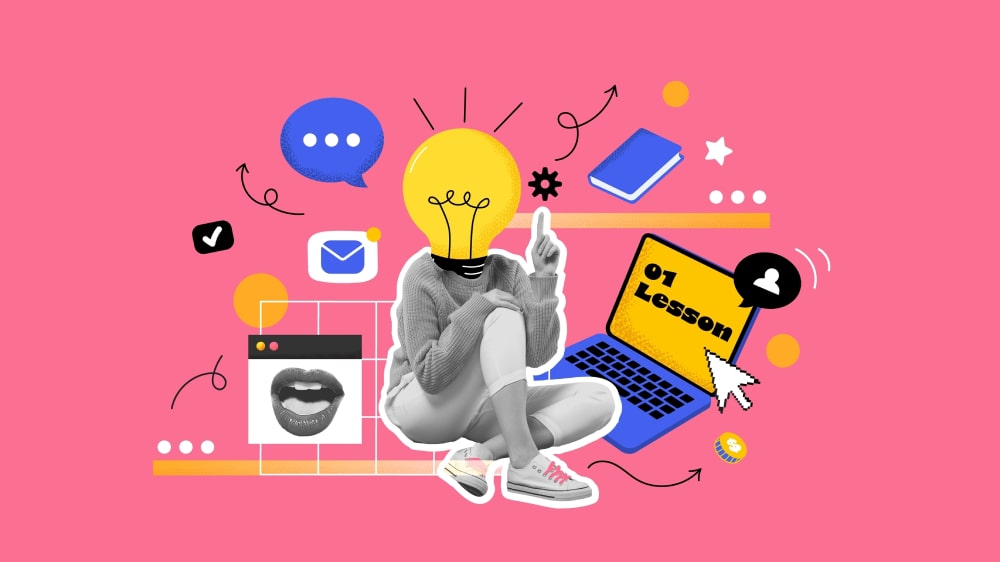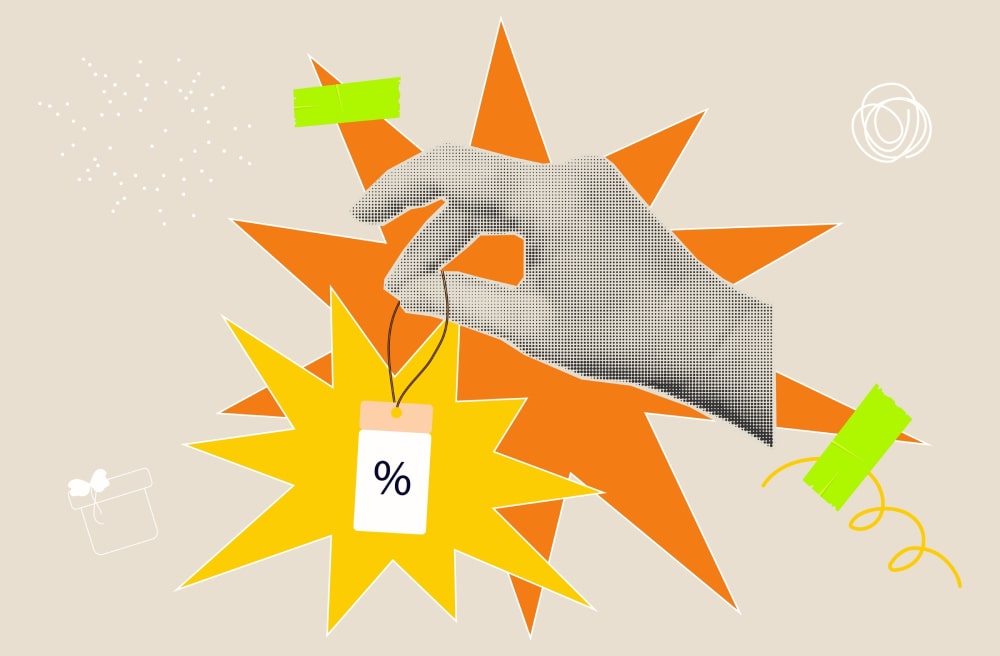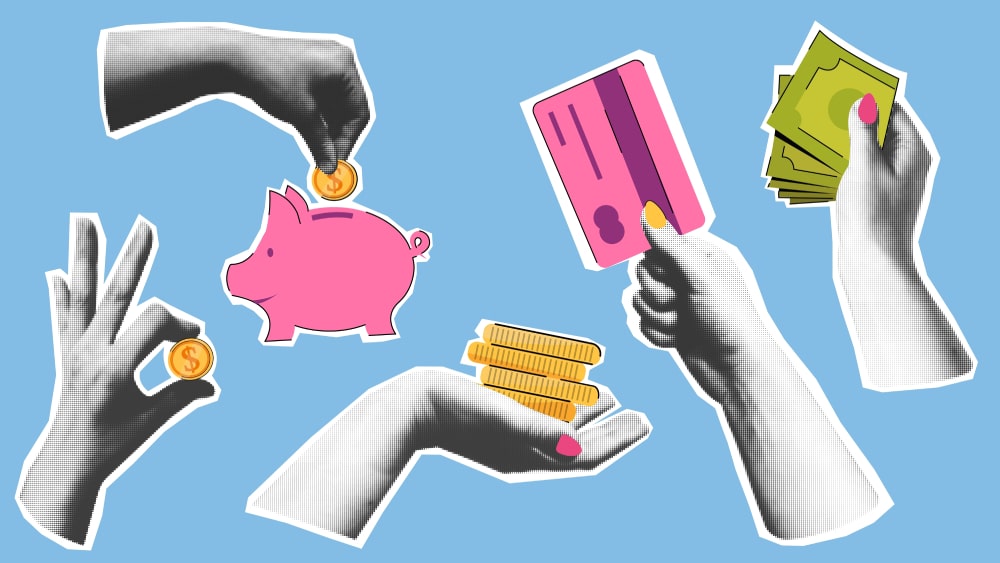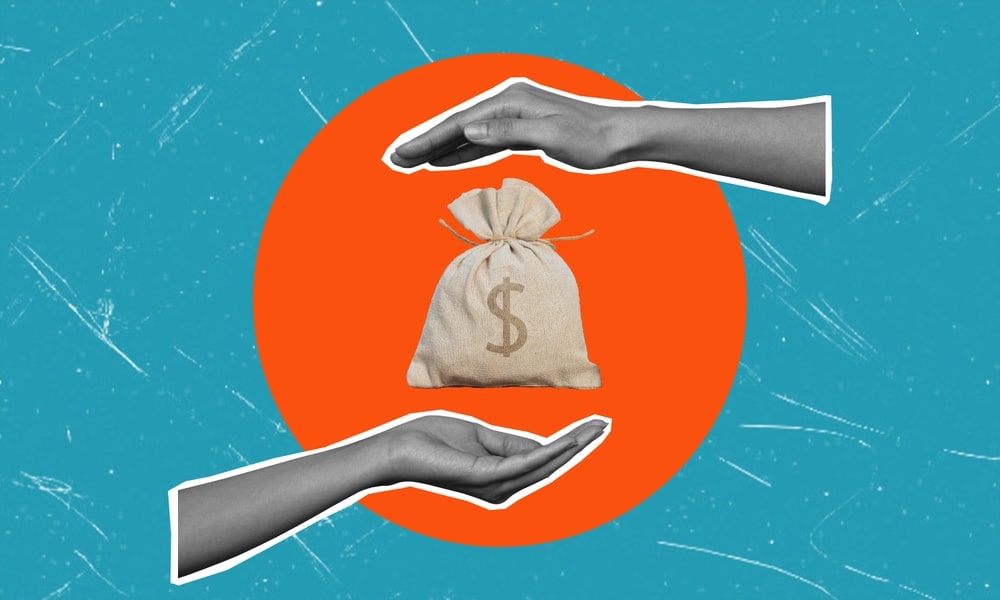Student loan forgiveness: ultimate guide

www.degreechoices.com is an advertising-supported site. Featured or trusted partner programs and all school search, finder, or match results are for schools that compensate us. This compensation does not influence our school rankings, resource guides, or other editorially-independent information published on this site.
The primary aim of federal loan forgiveness programs is to encourage graduates to fill positions that are considered “high-need”. The promise of having student debt wiped clean after a specified period of work can make these jobs more attractive.
Loan forgiveness provides an additional incentive for graduates to enter less well-paid public sector jobs as well as lucrative high-need positions that require expensive advanced education.
Note that the loan forgiveness options discussed in this article are not to be confused with the recent Biden-Harris initiative that aims to provide a blanket set of debt relief measures for low and middle-income families.
What is student loan forgiveness?
Student loan forgiveness is when the federal or state government cancel some or all of your remaining student loan debt. There are many different types of student loan forgiveness, including: Public Service Loan Forgiveness, Teacher Loan Forgiveness, and Perkins Loan Cancellation.
Popular online programs
www.degreechoices.com is an advertising-supported site. Featured or trusted partner programs and all school search, finder, or match results are for schools that compensate us. This compensation does not influence our school rankings, resource guides, or other editorially-independent information published on this site.
The likelihood of student loan forgiveness
Statistics show the likelihood of loan forgiveness remains low. Although 2021 saw record numbers of forgiven loans, this still equates to less than 0.6% of total outstanding debt. Note that only 6% of eligible borrowers apply for loan forgiveness. If this figure were higher, the loans forgiven annually would likely also rise.
Can a private student loan be forgiven?
7.7% of student debt is in the form of private loans. These are rarely forgiven – and this includes federal loans that have been consolidated into private loans. There is little incentive for private lenders to forgive debt as their chief concern is to make money. That said, some private lenders cancel debt in certain circumstances, such as if the borrower dies or is permanently disabled.
What is loan forgiveness vs loan discharge?
Both terms relate to students no longer being obligated to repay their student loan. Loans are forgiven due to a person working in a particular kind of job or sector. Loans are discharged for other reasons, such as if a student is permanently disabled or the school they received their loan from closes.
Types of student loan forgiveness programs
Forgiveness programs can be broadly grouped according to the reason the loan is being forgiven:
Career-based student loan forgiveness
Your loans may be forgiven if you work in a specific job or sector for a certain period of time. Initiatives that fall into this bracket include:
Public Service Loan Forgiveness (PSLF)
PSLF is designed to encourage graduates to enter public service positions and serve their communities. To be eligible, individuals must be working full-time at a recognized public service organization. They also need to make 120 full payments by their scheduled due dates under a qualifying repayment plan.
This program is only available for those making payments on a loan received under the William D. Ford Federal Direct Loan Program. Other types of loans may be consolidated into a William D. Ford Loan. However, only the payments a person makes on the new Consolidated Direct Loan will count towards the 120 payments required for eligibility.
A qualifying place of employment for this program can be any non-profit organization, government agency or entity that has been declared as tax-exempt by the IRS.
Some private not-for-profit employers that are not tax-exempt may still qualify provided that they perform specific services for the public. Examples of these include the military, public education and health services, law enforcement agencies, and services provided to those with disabilities or the elderly.
The type of job doesn’t matter when it comes to eligibility, as long as the employer is a public service organization. Everyone from managers and lawyers to teachers and support staff may apply for loan forgiveness.
Teacher Loan Forgiveness
This is open to any teacher who has provided direct classroom instruction full time to students in schools that are designated as serving low-income families for at least 5 consecutive years (sometimes called “Title I-eligible schools”).
The program offers up to $17,500 in loan forgiveness, but the amount forgiven varies according to the years of a teacher’s service along with their level of qualifications.
In addition, the teacher’s school needs to be designated as low-income, qualify for Title I funds under the Elementary and Secondary Education Act of 1965, and have been selected by the U.S. Department of Education based upon the decision that 30% or more of the students enrolled qualify for services provided by Title I. These schools are all listed in the Teacher Cancellation Low Income Directory (TCLI).
Before filling out a forgiveness application, teachers need to compile a list of schools taught at, along with certifications or degrees they have earned. Those who have obtained loans from multiple providers need to file a separate application with each one.
Loan forgiveness for healthcare workers
Alongside PLSF, medical workers are eligible for several other forgiveness programs.
U.S Military student loan forgiveness
Military personnel can qualify for PLSF as well as other forgiveness programs. Each of these has specific requirements, such as a certain number of years of active duty.
Examples of the programs available to military personnel include:
- Military college loan repayment program – For those without military experience who agree to commit to 3-6 years. On rare occasions, private loans can also be forgiven.
- Army student loan repayment: active duty – For each year enlisted, the army pay up to 33.3% of the loan balance. Individuals must commit to at least 3 years of service.
- Army reserve college loan repayment program – The army pay off 15% of your loan balance for each year served. Individuals need to enlist for 6 years.
- National guard student loan program – Enlist for 6 years and you can get up to $50,000 in student loans paid off.
- Navy student loan repayment program – Pays up to $65,000 of a navy service members’ loans.
Student loan forgiveness for volunteer work
Some organizations offer student loan repayment for volunteer work, allowing individuals to participate in community service and have their loans repaid at the same time. These programs usually require the applicant to have a specific skillset, such as medical or teaching experience.
Charitable organizations which offer this benefit include:
Repayment plans with student loan forgiveness
Students on federal income-driven repayment plans automatically qualify for loan forgiveness after the repayment period has elapsed. Eligible plans include:
- REPAYE plan (20 years)
- PAYE plan (20 years)
- IBR plan (20-25 years, dependent on whether the loan was taken before 2014)
- ICR plan (25 years)
The remaining balance is forgiven at the end of the payment period. How much is left will depend on the amount of money you’ve earned over the years, with payments calculated as a percentage of the salary.
Note that forgiveness is contingent on the borrower making payments each month and the following circumstances count towards the repayment period:
- periods of financial hardship
- when required payments are set to 0
- during deferment
State student loan forgiveness
Many states have their own forgiveness programs. Eligibility varies between programs, but most require applicants to:
- be a resident of the state where they are applying for aid
- have educational debt that needs to be repaid
- work in a qualifying profession
The professions that qualify for aid vary between states depending on shortages and other factors. The application process is not the same as for federal loan forgiveness. Some states have an online application procedure, while for others you need to visit their website and contact relevant personnel.
How to apply for student loan forgiveness
Once you’ve made the 120th payment on your student loan, you can submit an application for loan forgiveness. Note that you must still be working full-time with the qualifying organization at the time you file the application.
During the time that the application is being processed, the servicer may request additional information to document your employment or loan payment history. Prompt submittal of any requested documentation will help to ensure that a decision is made in a timely manner.
Student loan forgiveness scams
Unfortunately, students are targeted by various financial aid scams and this can continue after graduation. Loan forgiveness scams usually begin with unsolicited messages that make promises about wiping clean a student debt.
If you receive a message that contain some or all of the following elements, then it is likely a scam.
- The message indicates this is a time-limited offer and you need to act immediately to avoid missing out
- You are asked for your FSA ID or other passwords
- An up-front fee is required to complete the process
If you suspect that you are being targeted by a student loan scam, contact your service loan provider. That way, you can confirm that you are not missing out a genuine opportunity that has come about due to changes in legislation.
Final thoughts
Loan forgiveness is among the quickest ways to pay off student loan debt. If you are on an income-driven loan repayment plan, you could be in line for forgiveness after a specified number of years. Other forgiveness programs are based on working in high-need professions, so this is something you might like to bear in mind when choosing a career.
Student loan forgiveness FAQs
How can I qualify to have my student loan forgiven?
There are various ways to become eligible for loan forgiveness. The most common are working in the public sector or becoming a teacher. Loans can also be discharged due to permanent disability or if the school you attended closes. Graduates on federal income-driven repayment plans may have their loans forgiven after a specified time period.
Are student loans forgiven after 10 years?
This depends on the type of loan you have and your personal circumstances. If you work in the public sector and meet the requirements, your loan may be forgiven after 10 years. Recently, the Biden administration has indicated that students who originally borrowed less than $12,000 in federal loans may have their loans forgiven after 10 years of making repayments via an income-driven plan.
Does student loan forgiveness include Parent Plus loans?
There are circumstances where a Parent Plus loan can be forgiven. For example, if the parents earn less than $125,000 (when filed by 1 person) or $250,000 (for a married couple). To be eligible for public service loan forgiveness, you first need to consolidate your Parent Plus loan into a direct consolidation loan to make income-contingent repayments.
Is student loan forgiveness taxable?
No. Recent amendments to the law mean that, up to December 31, 2025, borrowers won’t pay income tax on forgiven federal loans.
www.degreechoices.com is an advertising-supported site. Featured or trusted partner programs and all school search, finder, or match results are for schools that compensate us. This compensation does not influence our school rankings, resource guides, or other editorially-independent information published on this site.





